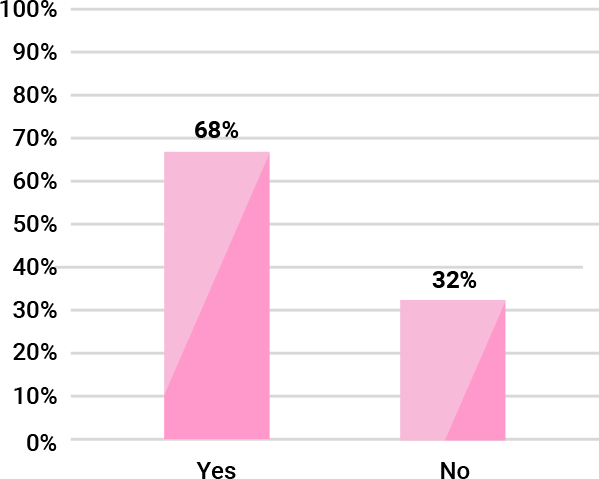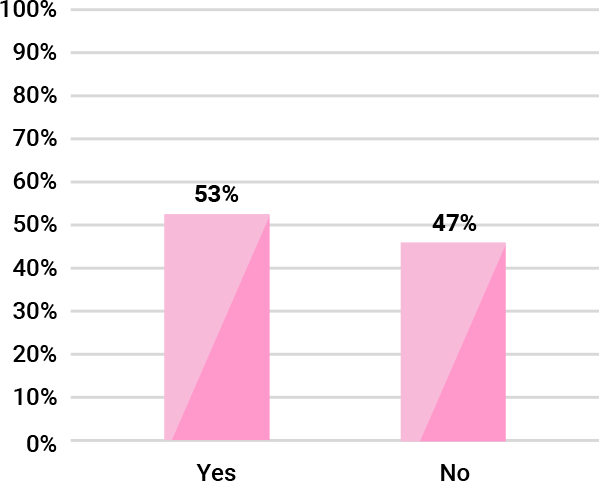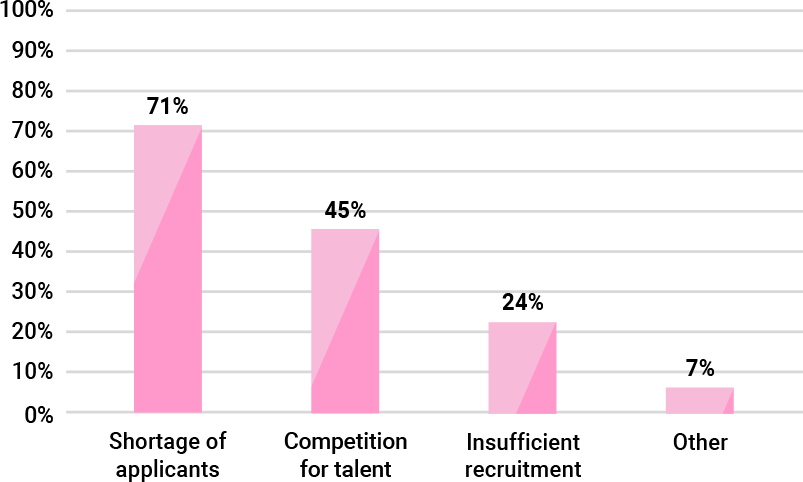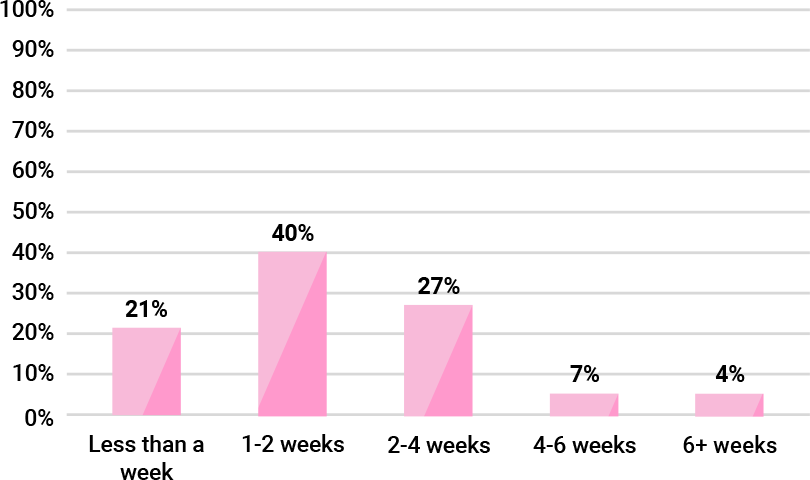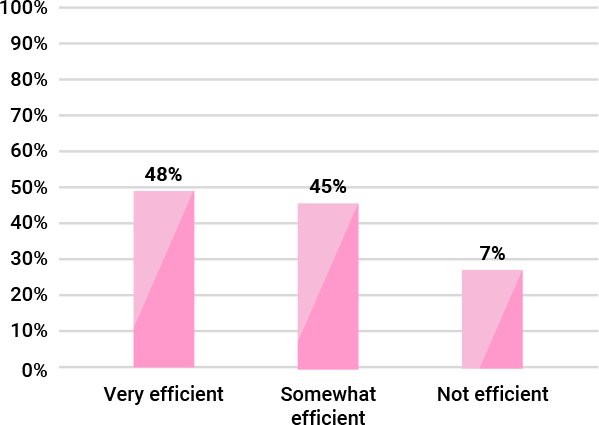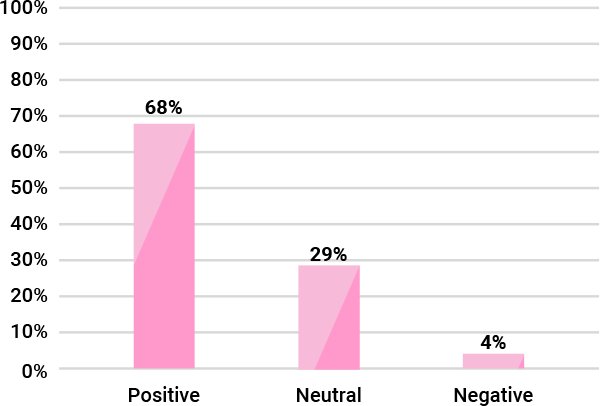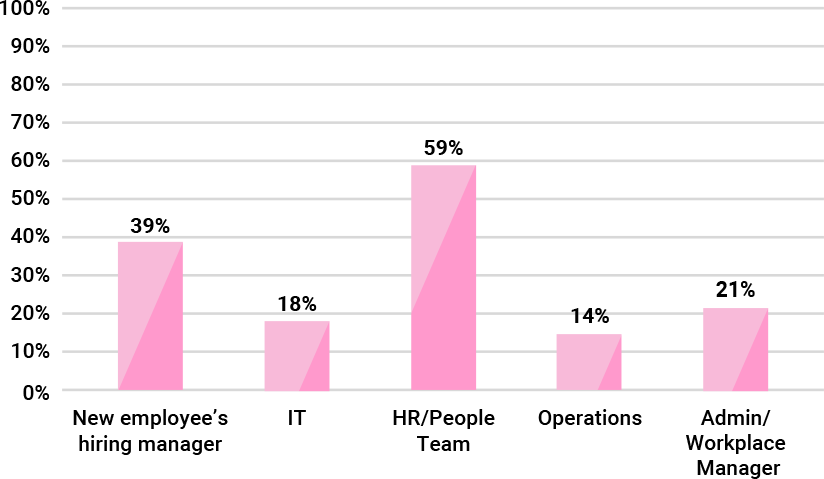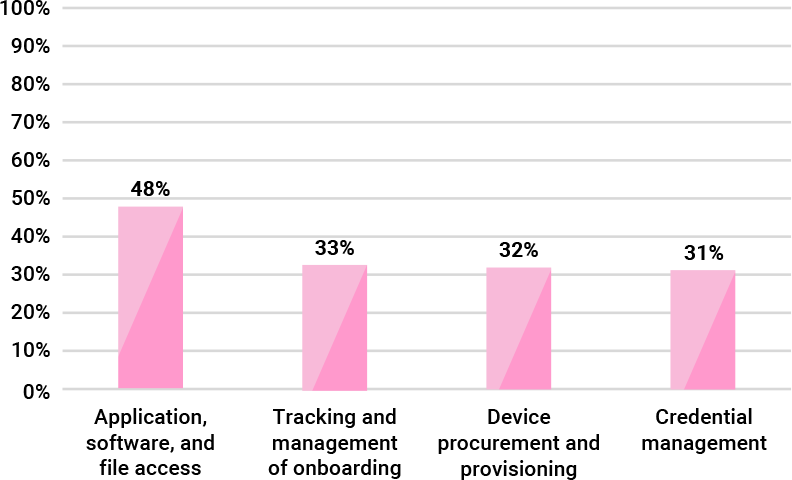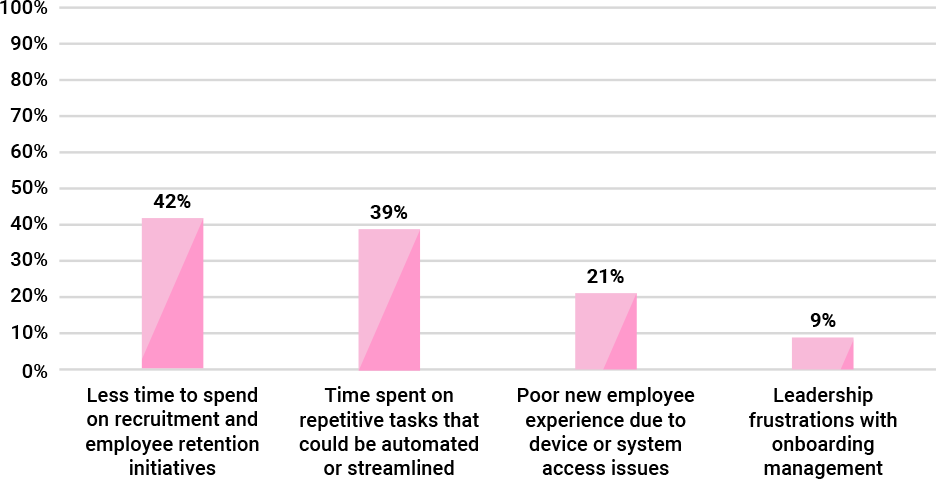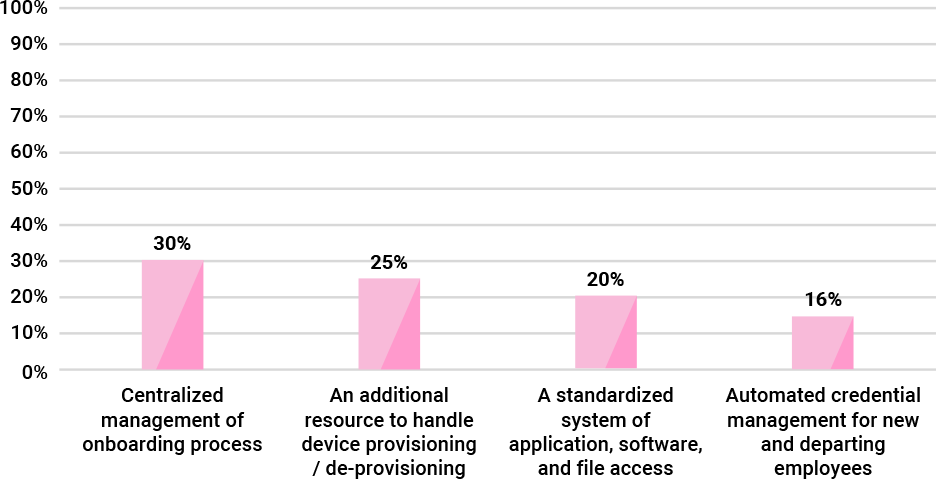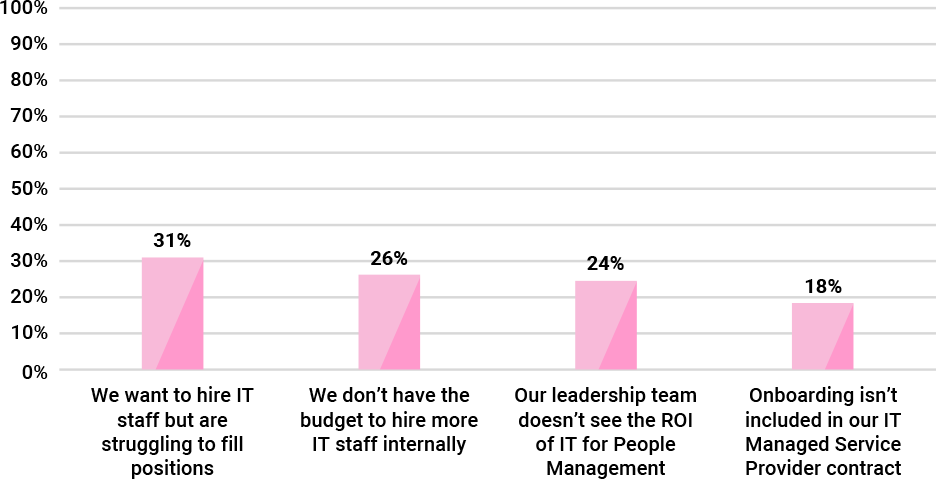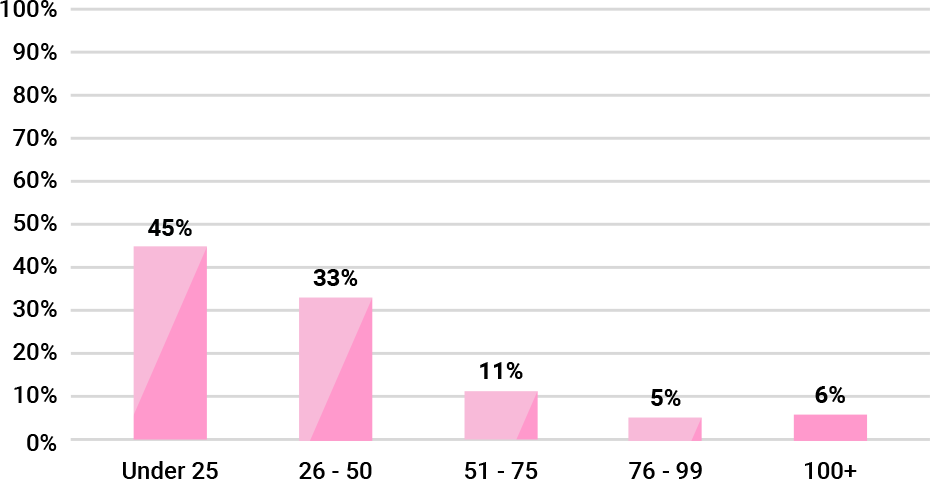EXECUTIVE SUMMARY
Across all sectors and business sizes, the competition for talent continues to intensify. People Teams, in particular, are under immense pressure to tackle increased turnover, while simultaneously filling newly created positions.
Maintaining and growing headcount has never been more challenging. Yet, this focus on recruitment is critical if businesses are to emerge from the upheaval of the past two years, and embrace the opportunities that now lie ahead.
Of course, recruitment isn’t the only priority for People Teams. To make a lasting impact, new hires must be successfully onboarded to reach their full potential, and retention strategies must be implemented to support both new and long-standing employees.
People Teams are set to play a vital role in powering small businesses to bounce back from the Great Resignation. Electric surveyed 172 HR and People Team professionals, in businesses with up to 500 employees, to understand their outlook for the year ahead.

